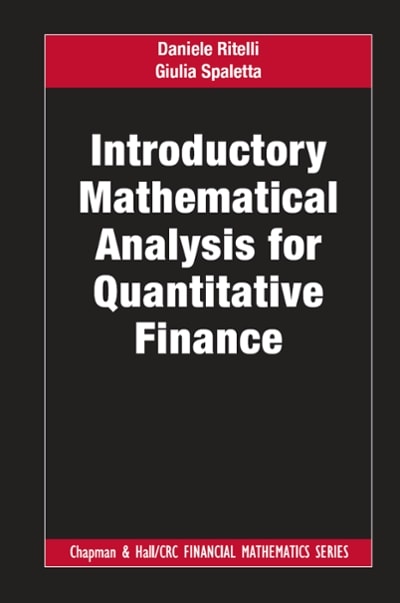

Low potential positivity value solutions.
For Gauss' Law, which statement is true? The direction of the electric field always is perpendicular to the direction of the differential area vector. When there is no enclosed charge inside a Gaussian surface, there is no electric field everywhere on the surface. O For a given amount of charge enclosed by a Gaussian surface, the electric field strength is the same at all points on the surface. O If the charge inside the Gaussian surface is an electric dipole, then the integral is zero. The existence of point charges outside the Gaussian surface has no effect on the electric field strength at the Gaussian surface. X8) A negative charge, if free, tries to move A) in the direction of the electric field. B) from low potential to high potential. C) from high potential to low potential. D) away from infinity. E) toward infinity. 9) Gaussian surfaces A and B enclose the same positive charge +Q. The area of Gaussian surface A is three times larger than that of Gaussian surface B. The flux of electric field through Gaussian surface A is A) nine times larger than the flux of electric field through Gaussian surface B. B) unrelated to the flux of electric field through Gaussian surface B. C) equal to the flux of electric field through Gaussian surface B. D) three times smaller than the flux of electric field through Gaussian surface B. 10) If the electric field is in the positive x direction and has a magnitude given by E = Cx, where C is a constant, then the electric potential is given by V= A) 2Cx B) -2Cx C) Cx3/3 D) -CP3/3 E) -3Cx 28) A negative charge. if free, tries to move A) in the direction of the electric field. B) from low potential to high potential. C) from high potential to low potential. D) away from infinity. E) toward infinity. 9) Gaussian surfaces A and B enclose the same positive charge +Q. The area of Gaussian surface A is three times larger than that of Gaussian surface B. The flux of electric field through Gaussian surface A is A) nine times larger than the flux of electric field through Gaussian surface B. B) unrelated to the flux of electric field through Gaussian surface B. C) equal to the flux of electric field through Gaussian surface B. "Dj three times smaller than the flux of electric field through Gaussian surface B. 10) If the electric field is in the positive x direction and has a magnitude given by E = Cx, where C is a constant, then the electric potential is given by V = A) 2Cr B) -2Cx C) Ce/3 D) -Cx/3 E) -30x











